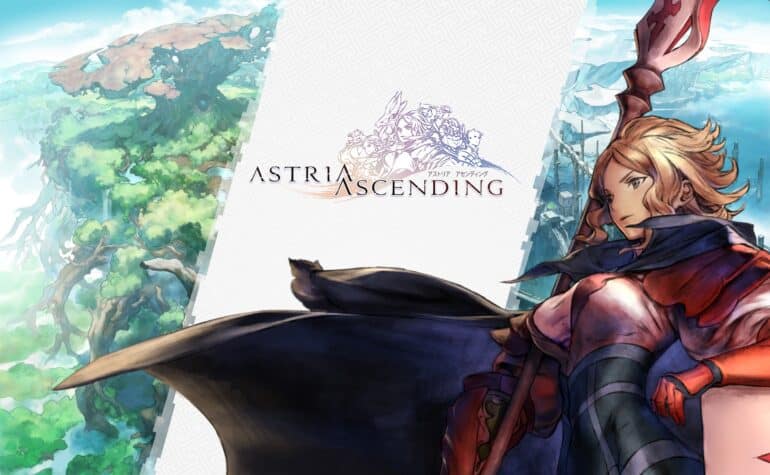Astria Ascending is a new JRPG game filled with interesting characters and innovative combat gameplay. Let’s deep dive into the game and see what it’s all about.
Astria Ascending is about 8 demi-gods, beings that were chosen to protect the peace of the world. The chosen demi-gods only have 3 years to live before they get ascended in which they will die and be replaced by another set of demi-gods.
The story takes you to the 333rd group of demi-gods. You take control of Ulan who is the leader of the group. It was a peaceful day in the Capital when suddenly, Noises attack the orchard. This then leads to a string of events that puts our heroes into a situation where they need to save the world.
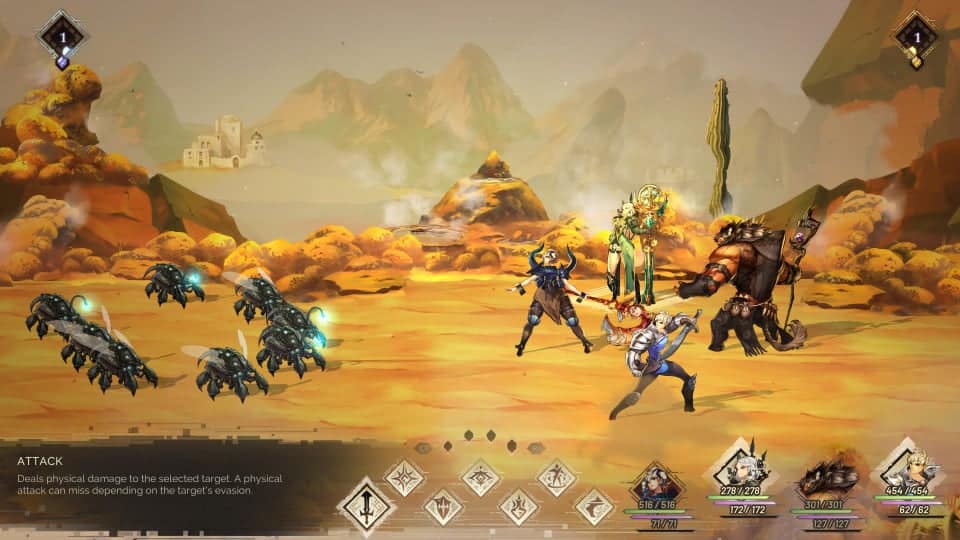
The Noises are the enemies in the game. They come in all shapes and sizes. They also have strengths and weaknesses that you can exploit. Knowing an enemy’s weakness is really important in combat. This is what makes the game interesting.
Knowing the enemy’s weakness, you can then use this element against them which will net you bonus focus points. Focus points is a mechanic of the game where if you earn them, you can use them towards strengthening your attacks and skills. This makes the combat always interesting because you’d always need to think on how best to attack the enemy.
The Focus Points System makes the game unique because it allows your party members to always be useful in battle. I like how you this has been added to ensure that each character is not just some punching bag waiting to be taken out. There’s a command ability called Focus which allows your character to contribute +1 focus point to the meter. Using focus points increases the effectivity of your attacks and skills up to 200%.
You can stock up on focus points by either the previously mentioned method of using the Focus command or hitting enemies with their weakness. On the other hand, if you hit an enemy with what they are resistant to or if they absorb your attack, you will lose focus points and this can go to the negatives. The enemies are also able to use their own focus points.
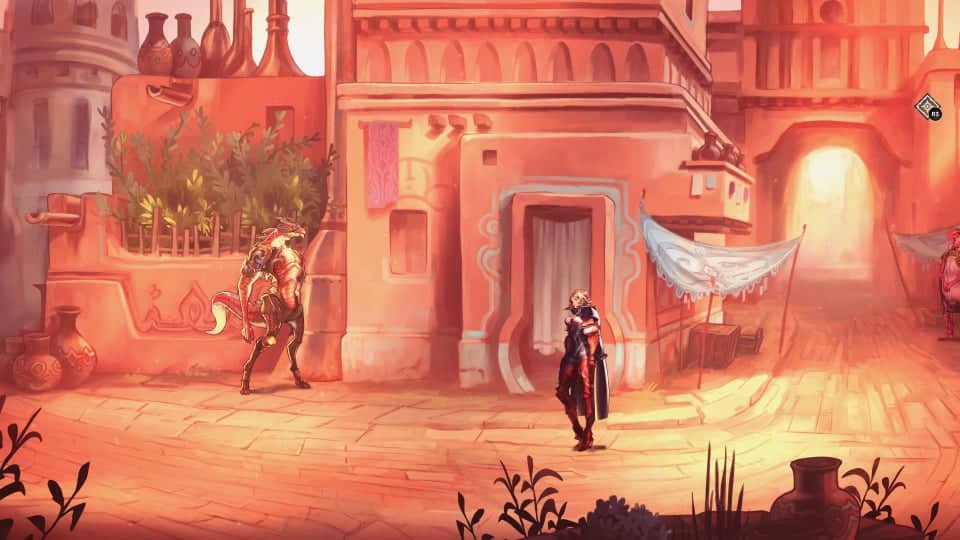
Each of the characters starts with a base job but later on in the game, you are able to get tokens that will let you unlock Main Jobs and Support Jobs. Unlocking these jobs also unlocks the corresponding skill trees. You can spend SP to unlock skills and attributes in the skill trees. Even though you have unlocked the main job, you can still spend SP towards the basic job skill tree. This adds another level of complexity to the game since you’d have to think about where to spend your points to maximize the capabilities of your characters.
The game relies on dungeons that you can explore to fight enemies. This is where most of the story happens as you will always most likely explore a dungeon to defeat a boss and propel the story forward. Some of the dungeons are very linear and straightforward while others are a little complicated to navigate.
You won’t have a minimap to guide you while you’re in the dungeons. This means you are likely to get lost while exploring them since there’s no indication that you’ve already visited an area. There are some clues though like the chests that you have opened as they will remain open. Enemies can respawn regardless of whether you’ve already visited an area or not.
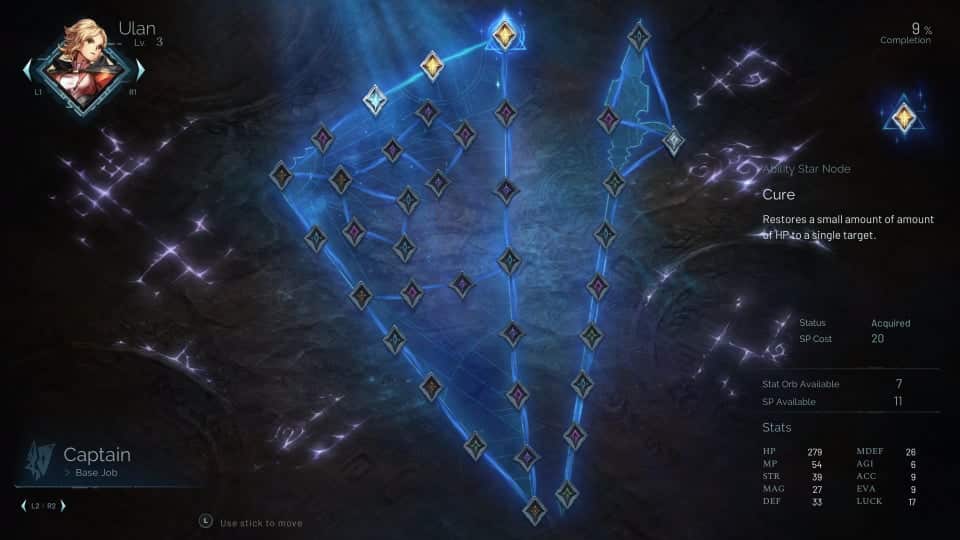
The good thing about the enemies is that you can see them visibly in the area. This gives you an option to either fight them or avoid them. The game even helps you to avoid them with one of the zodiac rings that you can find in the first dungeon. Zodiac rings are items that will help you navigate the dungeons better. The first ring lets you freeze enemies on their tracks or activate switches.
One thing that I really find helps your experience of the game a little bit better is the capability of being able to save anywhere. This helps you should you come across an encounter or a decision that you want to reload if you don’t like the outcome. You can also even teleport out of the dungeons anytime you want allowing you to go to the nearest town to stock up on items or buy improved weapons.
However, it’s important that before you get out of the dungeon that you find a teleport area. Unlocking the teleport areas makes it easier to come back where you left off in the dungeons. Otherwise, you will end up trying to retrace your steps again inside the dungeon.
Aside from the main quests of the game, the game has also an abundance of side quests and minigames for you to do. There’s also a separate side quest called The Hunt that you can acquire by going to Guilds. You can activate Hunts that will net you items, gold and monster tokens.
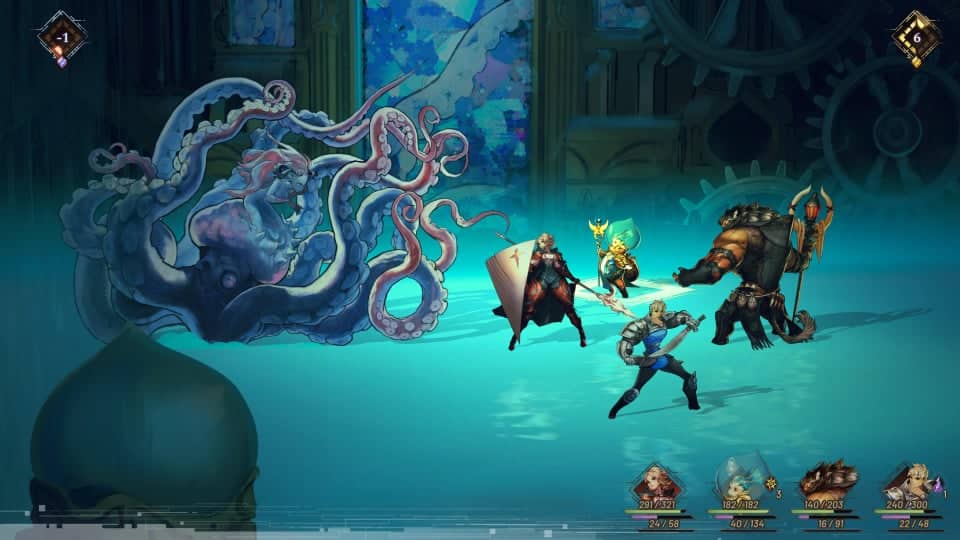
Monster tokens can be used in the game’s minigame called J-Ster. J-Ster is a fun board game that you can play against other NPC’s in the game. J-Ster reminds me a lot of the Triple Triad game in Final Fantasy. But instead of having cards with fixed values, you have a hexagon tile that you can rotate however you like to masterfully defeat your enemies. Each side of the tile has a corresponding attribute that will help you flip tiles or defend yourself from being flipped.
As with all minigames, this game was very addicting and you can’t help but want to keep playing any chance you get. Whoever came up with this minigame must be good because the minigame is that good and addicting.
The art style is very beautiful and reminds me of the art from Final Fantasy games. They are very well made and just very beautiful to look at. The tiny little details like having the characters in their portrait wince when they get damaged in battle just adds more depth to the game. Making it feel more alive than ever. The music is really good and reminds me of how most JRPG’s are. I don’t think there has ever been a JRPG with bad music so this one is up there.
Overall, Astria Ascending is a great tribute to the classic JRPG’s from before. It has that classic feel but with a modern flair to make it relevant to the times. It’s JRPG with a heart, passion and an endless amount of entertainment. You wouldn’t want to put down this game once you have started playing it.
